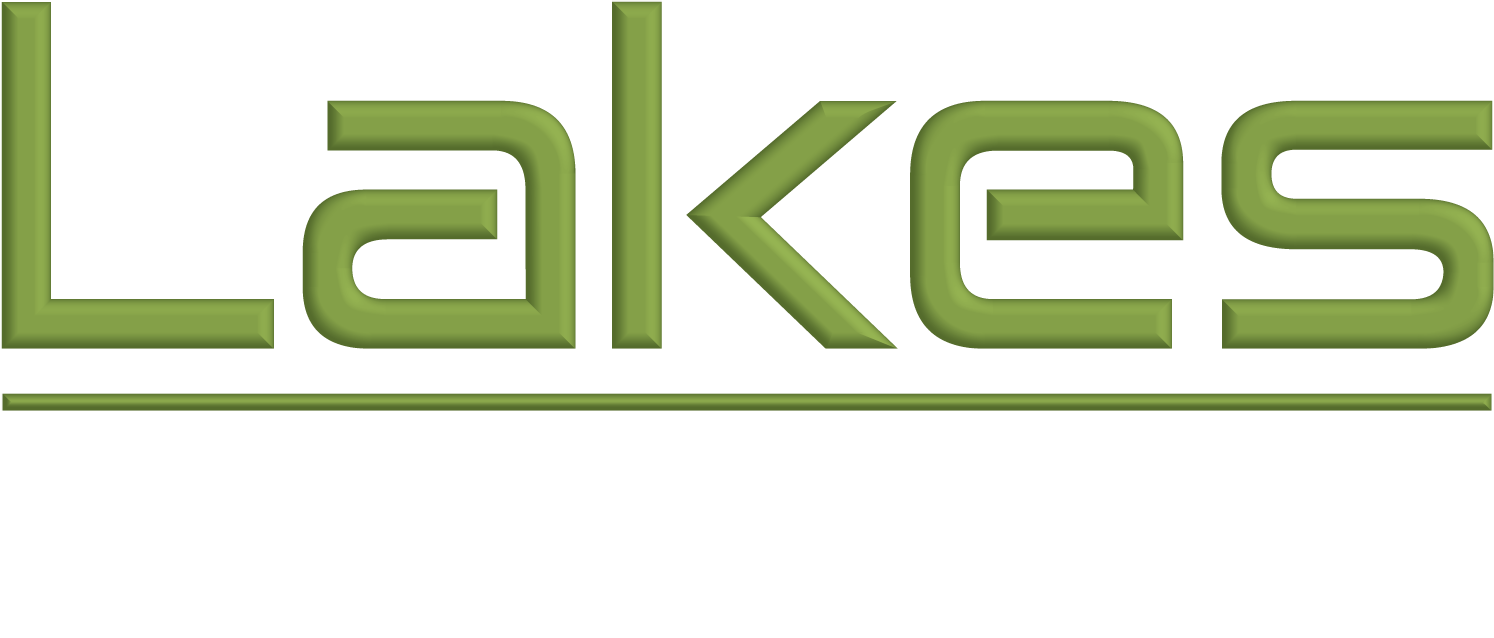US EPA Models
Air Quality Models, Documentation & Guidelines
Support
SCREEN3 is a single source Gaussian plume model which provides maximum ground-level concentrations for point, area, flare, and volume sources, as well as concentrations in the cavity zone, and concentrations due to inversion break-up and shoreline fumigation. SCREEN3 is a screening version of the ISC3 model.
Toxics Screening Model (TSCREEN) is a Gaussian model that implements the procedures to correctly analyze toxic emissions and their subsequent dispersion from one of many different types of possible releases for superfund sites. It contains 3 models: SCREEN3, PUFF, and RVD (Relief Valve Discharge).
VISCREEN calculates the potential impact of a plume of specified emissions for specific transport and dispersion conditions.
CTSCREEN is a Gaussian plume dispersion model designed as a screening technique for regulatory application to plume impaction assessments in complex terrain. CTSCREEN is a screening version of the CTDMPLUS model.
AERMOD is the next generation air dispersion modeling system and consists of 3 components - AERMOD (air dispersion model), AERMET (meteorological data preprocessor) and AERMAP (terrain preprocessor).
AERMET is a meteorological data preprocessor for AERMOD. AERMET processes commercially available or custom on-site met data and creates two files: a surface data file and a profile data file. The tool AERSURFACE can be used to estimate the surface characteristics for input to AERMET.
AERMAP is a terrain preprocessor for AERMOD. AERMAP processes commercially available Digital Elevation Data and creates a file suitable for use within an AERMOD control file. This file would contain elevation and hill-height scaling factors for each receptor in the air dispersion study.
Air quality models used to predict pollutant concentration near roadway intersections. CAL3QHC is an enhanced version of CALINE3, with the additional traffic algorithm to estimate vehicular queue lengths at intersections with traffic stop lights. We recommend that you get both models. The theoretical information regarding the CALINE3 implementation in CsAL3QHC is only presented in CALINE3 User's Guide.
A modeling program to assess air quality impacts near transportation facilities. It is based on the Gaussian diffusion equation and employs a mixing zone concept to characterize pollutant dispersion over the roadway. CALINE4 comes with a Windows user interface.
See CALINE3 description above for details.
A very useful utility program to convert meteorological data from National Weather Service (NWS) to be used by EPA's short term air quality dispersion models such as ISCST3.
A program used to process meteorological data, both National Weather Service and on-site, for use in regulatory modeling.
A utility program that converts unformatted (binary) meteorological data files generated by the RAMMET, PCRAMMET, or MPRM preprocessor programs to the default ASCII format for applications that do not involve dry deposition.
An interactive program to generate wind rose statistics and plots for user-specified date and time ranges. Wind roses are useful to define the dominant transport direction of the winds for a location.
The STAR program summarizes National Weather Services (NWS) meteorological data, by generating joint frequencies of 6 wind speeds, 16 wind directions and 6 stability categories for the station and time period desired.
A program that generates wind frequency statistics for 16 direction generating a graphical wind rose for each wind sector.
An atmospheric dispersion model for denser-than-air releases developed by the Laurence Livermore National Laboratory. Four types of releases can be treated by the model: a ground-level evaporating pool, an elevated horizontal jet, a stack or elevated jet, and an instantaneous volume source.
A mathematical dispersion model that can be used as a refined modeling approach to estimate short-term ambient concentrations and the expected area of exposure to concentrations above specified threshold values for toxic chemical releases.
The FIRE database includes EPA's recommended emission estimation factors for criteria and hazardous air pollutants.
SPECIATE is EPA's repository of Total Organic Compound (TOC) and Particulate Matter (PM) speciated profiles for a variety of sources for use in source apportionment studies.
TANKS estimates volatile organic compound (VOC) and hazardous air pollutant (HAP) emissions from fixed- and floating-roof storage tanks.
The Landfill Gas Emissions Model (LandGEM) is an automated estimation tool with a Microsoft Excel interface that can be used to estimate emission rates for total landfill gas, methane, carbon dioxide, nonmethane organic compounds, and individual air pollutants from municipal solid waste landfills. It is available from the EPA's Clean Air Technology Center.
WATER9, a wastewater treatment model, consists of analytical expressions for estimating air emissions of individual waste constituents in wastewater collection, storage, treatment, and disposal facilities; a database listing many of the organic compounds; and procedures for obtaining reports of constituent fates, including air emissions and treatment effectiveness.
Appendix W to 40 CFR Part 51 - also known as the the Guideline on Air Quality Models - provides consistency and standardization in the application of air quality models including the identification of preferred models and guidance on the use.


